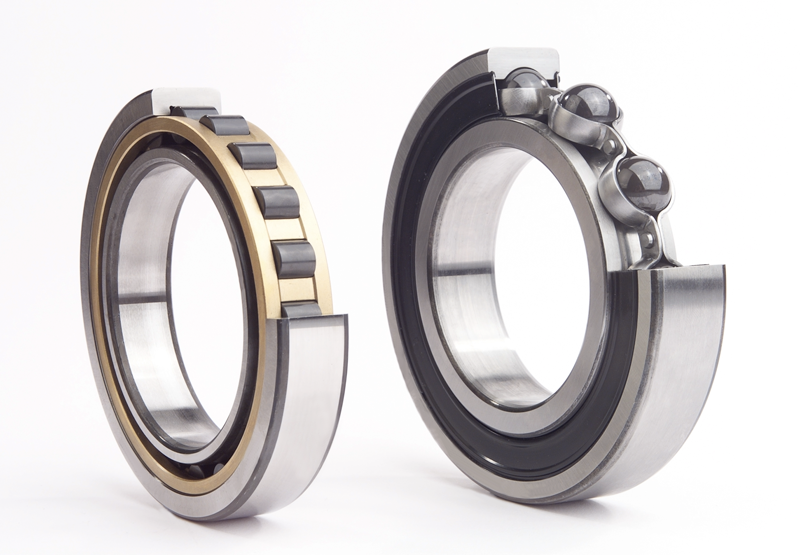The ceramic revolution?
It’s amazing what you find out some days. While chatting to a colleague recently just before dinner he happened to mention that for 2014 the latest set of revised Formula 1 regulations allow – shock horror – rolling element bearings not only made from iron-based alloy (steel to you and me) but also from ceramic materials. And he’s right – regulation 5.16, subsection 7, paragraph (b) clearly states that despite being included in a long list of materials for other engine applications that are not permitted, for 2014 ceramic materials are allowed in the specific case of rolling element bearings. I wonder what has brought about this epiphany within the FIA?
But I guess times have changed, and although some time ago many things may have not been seen relevant to mass production, today the unending effort to extract even more fuel economy out of future road-going vehicles is going into areas no-one considered possible even a few years ago. The potential benefits of ceramic ball bearings over traditional steel rolling element versions therefore, however slight, would seem to be one of these, and is hence perhaps the reason Formula One is no longer shying away from their use.
Before we go further though, let me outline a little of the terminology. Full ceramic bearings consist of an outer race, an inner race and intermediary balls all made from a ceramic material. On the other hand, hybrid ceramic bearings are those where only the balls are ceramics – a sort of halfway house incorporating most of the benefits of ceramic technology but limiting the cost.
All told, there are three basic types of ceramic available – silicon nitride (Si3N4) and silicon carbide (SiC), which are both black, and zirconium dioxide (ZrO2), often called zirconia, which is a sort of dull white. All of these are lighter than steel, with a higher modulus of elasticity and lower coefficients of friction and expansion. One interesting property is that even though they have low coefficients of thermal expansion, at high temperatures they don’t appear to continue to expand at all. If all that wasn’t enough, components made from them can have a far superior surface finish, which (obviously) will never rust. In many cases the surface finish is such that any friction generated may be a little as 10% of that from a traditional steel version, such that lubrication with oil or grease is not strictly required at all.
Improved service life, high temperatures in a lubrication environment which is hostile, and new (again) to Formula One? This change of heart by the FIA seems to me to prepare the way for a new range of turbocharger applications, where the traditional fully floating bearing arrangement can be readily replaced by the latest in ball bearing canister designs.
Forgive me though – is this just another example of modern automotive r&d supporting Formula One, and not the other way round as we are frequently told?
 Fig. 1 - Hybrid ball and roller bearings (Courtesy of SKF bearings)
Fig. 1 - Hybrid ball and roller bearings (Courtesy of SKF bearings)
Written by John Coxon